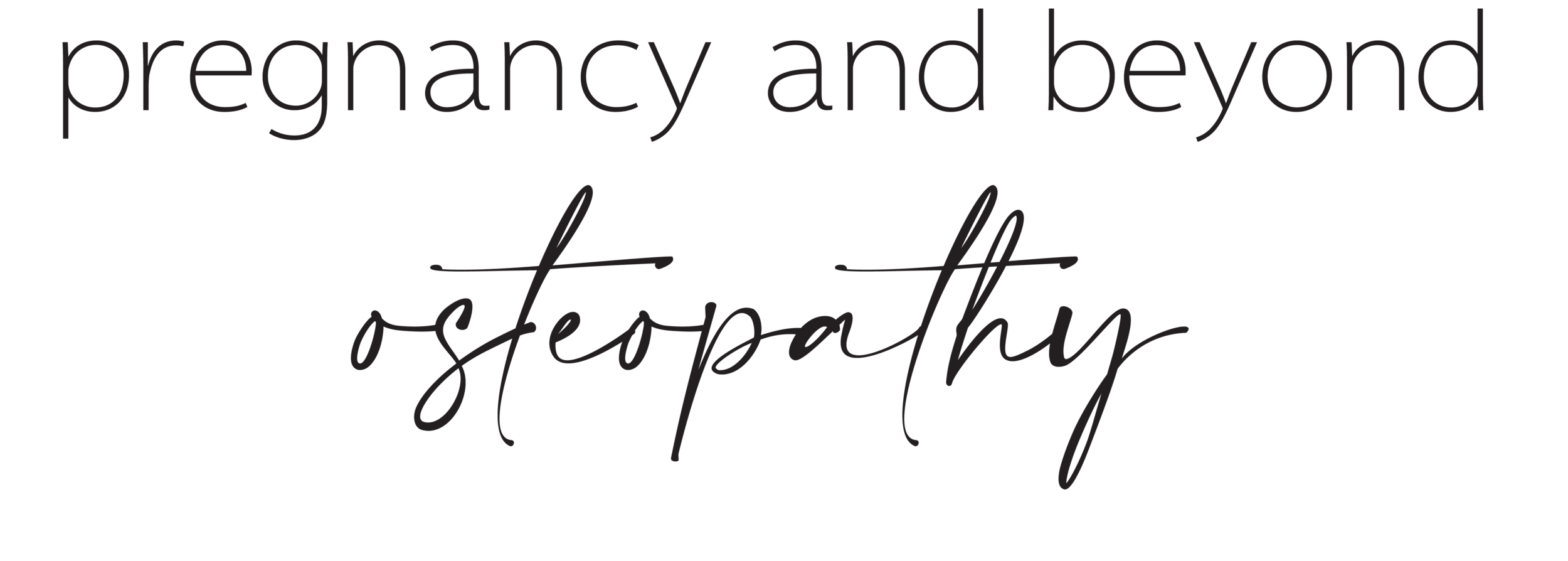Osteopathy and latching issues with babies
Did you know? For an infant to successfully feed they need to be able to coordinate sucking, swallowing and breathing. Sounds simple, but this process relies on 6 cranial nerves and over 60 muscles acting on 22 bones all functioning appropriately to allow your new little bub to feed. Amazingly, for many newborns this is not an issue. I’m actually surprised that we don’t see more babies with feeding issues.
Poor sucking and feeding can compromise the transfer of milk from mum to baby. This not only impacts the amount of milk your baby is getting at the time, remaining milk stasis can impact on your future milk production. This creates a cycle where less milk is produced, in turn adding to the difficulty of the baby's feeding, further impacting milk production and so on. (1)
It is within the first month of life that babies are most at risk of being weaned from breastfeeding. Of mothers who choose to stop breastfeeding during this time, fifty percent report biomechanical issues with their baby as a problem. (2)
The first few weeks of navigating everything to do with becoming a mum or a mother of 2 or 3 can be very daunting. It is during this time where support for the mother and education around lactation and breastfeeding is most important.
Research now suggests that poor sucking has a strong association with epidural, analgesics, forceps delivery, vacuum extraction, induction of labour, caesarean birth, and/or long or difficult labour.
Babies are subjected to enormous forces during birth. To help adapt to this force, a baby's head has 34 sutures / joints that allow 22 bones / boney segments to overlap and mold as they twist and turn to squeeze out through their mum’s pelvis. When extra force is added (i.e. forceps, vacuum suction, long labour), more force is transferred to the babies presenting body parts.
As osteopaths, we commonly observe that mechanical forces during the birth process can disrupt the alignment of boney structures through the head, neck and body impacting on nerves, joints and muscle function.
Despite not experiencing the aforementioned force, babies born via cesarean births are not immune to having biomechanical issues with breastfeeding. Lactation consultants report more issues with breastfeeding in babies born via cesarean compared to vaginal births. (3)
HOW CAN AN OSTEOPATH HELP IF YOU BABY IS HAVING MECHANICAL ISSUES WITH FEEDING?
The process of breastfeeding is complex. For this reason, we don’t have a recipe. When assessing and treating a baby who is having biomechanical issues impacting their ability to feed effectively, we approach each infant as an individual; considering all the different muscles, joints and nerves that are involved in the coordination of sucking, swallowing and breathing.
We use a very gentle technique called cranial osteopathy. This assists the body’s natural, self-healing mechanism to release any strains, improve the movement and function of neck, base of head and jaw while also re-establishing an overall state of health and balance.
Promisingly, research into osteopathic treatment to help with mechanical sucking issues is starting to emerge. Recent research revealed that osteopathic treatment, alongside lactation consultants, in the treatment of infants with biomechanical sucking difficulties was more effective to improve latching and sucking when compared to lactation consultants alone. (4) A small pilot study has also shown that infants with sucking dysfunction who received osteopathic treatment, obtained a significant positive impact on the quality of their feeding. (5)
If you would like further information, please call 0435 896 176 to speak with Liz.
References
Smith LJ., & Kroeger, M. Impact of Birthing Practices on Breastfeeding Second edition
Homdrum, A., & Miller, J. (2015). Maternal report of feeding practices: A cross-sectional survey of 1753 mothers presenting infants to a chiropractic teaching clinic. Journal of Clinical Chiropractic Pediatrics, 15(1), 1198–1202.
Kearney, MH., Cronenwett, LR., Reinhardt, R. (1990) Cesarean delivery and breastfeeding outcomes. Birth, 17(2):97-103.
Herzhaft-Le Roy, J., Xhignesse, M. & Gaboury I. (2016). Efficacy of an Osteopathic Treatment Coupled With Lactation Consultations for Infants’ Biomechanical sucking difficulties: A Randomized Controlled Trial. Journal of Human Lactation, Vol(1) 165-171.
Fraval, M. (1998). A pilot study: Osteopathic treatment of infant with a sucking dysfunction. Journal of the American Academy of Osteopathy, 8(2), 25–33.

